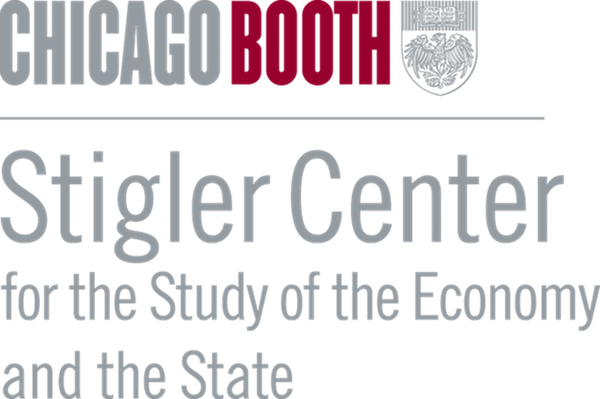antitrust and competition
Epic v. Google Offers Courts Chance To Correct Course on “Right To Repair”
Following the Federal Trade Commission’s 2021 publication of “Nixing the Fix: An FTC Report to Congress on Repair Restrictions,” private “right to repair” cases have multiplied against companies that leverage their market power in a “primary equipment market” (e.g., tractors) to force their customers also to purchase their offerings in “aftermarkets” (e.g., tractor repairs) that otherwise would be competitive. Daniel McCuaig argues that the application of the 1992 Supreme Court decision in Eastman Kodak Co. v. Image Technical Services, Inc. to these cases misunderstands that case and improperly shields monopolists from competitive pressures, including in Epic’s recent case against Apple.
The Privacy Fallacy
The following is an excerpt from Ignacio Cofone’s new book, “The Privacy Fallacy: Harm and Power in the Information Economy,” out now.
The 2023 Merger Guidelines Strengthen Enforcement by Finding Common Ground
Jonathan B. Baker provides his reactions to the final 2023 Merger Guidelines, including why they strengthen enforcement and where the antitrust enforcement agencies can further clarify their merger analysis.
The Digital Markets Act Is More Intricate Than Regulators and Detractors Give It Credit For
The European Union’s Digital Markets Act (DMA), designed to regulate Big Tech, supplements current antitrust laws that pursue case-by-case analyses of business conduct with general rules to block potentially anticompetitive behaviors. Detractors criticize the DMA for its lack of nuance. Supporters applaud its general principles as a necessary bulwark against Big Tech’s market powers, which current case-by-case analysis has been unable to rein in. However, neither side appreciates the true complexity of the DMA or how its principles interact to prevent anticompetitive behavior, writes Alba Ribera Martínez.
The Trends and Cases That Will Define US Antitrust in 2024
All eyes are on labor this year.
Hiba Hafiz, Boston College:
2023 was a big year for labor antitrust. We saw the rise and fall of...
The Trends and Cases That Will Define European Antitrust in 2024
Four experts on antitrust in Europe discuss the trends and cases they're watching in 2024.
Assessing the Advances Made on Vertical Mergers in the Final Merger Guidelines
Steven C. Salop evaluates the final version of the 2023 Merger Guidelines on vertical merger analysis and certain rebuttal arguments. He finds that the final Guidelines successfully incorporate developments in the economic scholarship and update antitrust enforcement with the tools to analyze non-horizontal mergers in an increasingly digital economy.
DOJ and FTC Chief Economists Explain the Changes to the 2023 Merger Guidelines
The Department of Justice Antitrust Division and Federal Trade Commission released their completed version of the new 2023 Merger Guidelines. Susan Athey, Chief Economist for the DOJ Antitrust Division, and Aviv Nevo, Director of the FTC’s Bureau of Economics, explain how the revised document addresses the comments they received on the Draft Merger Guidelines that were expressed in ProMarket and elsewhere.
Antitrust Regulation of Big Tech Needs a Better Understanding of Behavioral Economics
Recent antitrust interventions have put forward behaviorally informed theories of harm. However, they have adopted a deterministic model of behavior, missing the nuances that allow behavioral economics to provide a richer picture of people’s conduct. The recently concluded Google trial, grounded on the stickiness of defaults, is a good example. A more careful application of behavioral economics would have shown how Google’s purchase of default search engine status was a part of a broader monopolization plan. It would also show why the dominant remedy, forced choice, would have negligible effects.
How the Illumina/Grail Opinion Updates Case Law on Vertical Mergers and “Litigating the Fix”
Steven C. Salop analyzes the Fifth Circuit Court’s opinion accepting the Federal Trade Commission’s suit to block Illumina’s acquisition of Grail. The ruling sheds light on how courts may approach vertical merger analysis and “litigating the fix” in the future, and what this may mean for the Merger Guidelines’ approach to vertical mergers.





